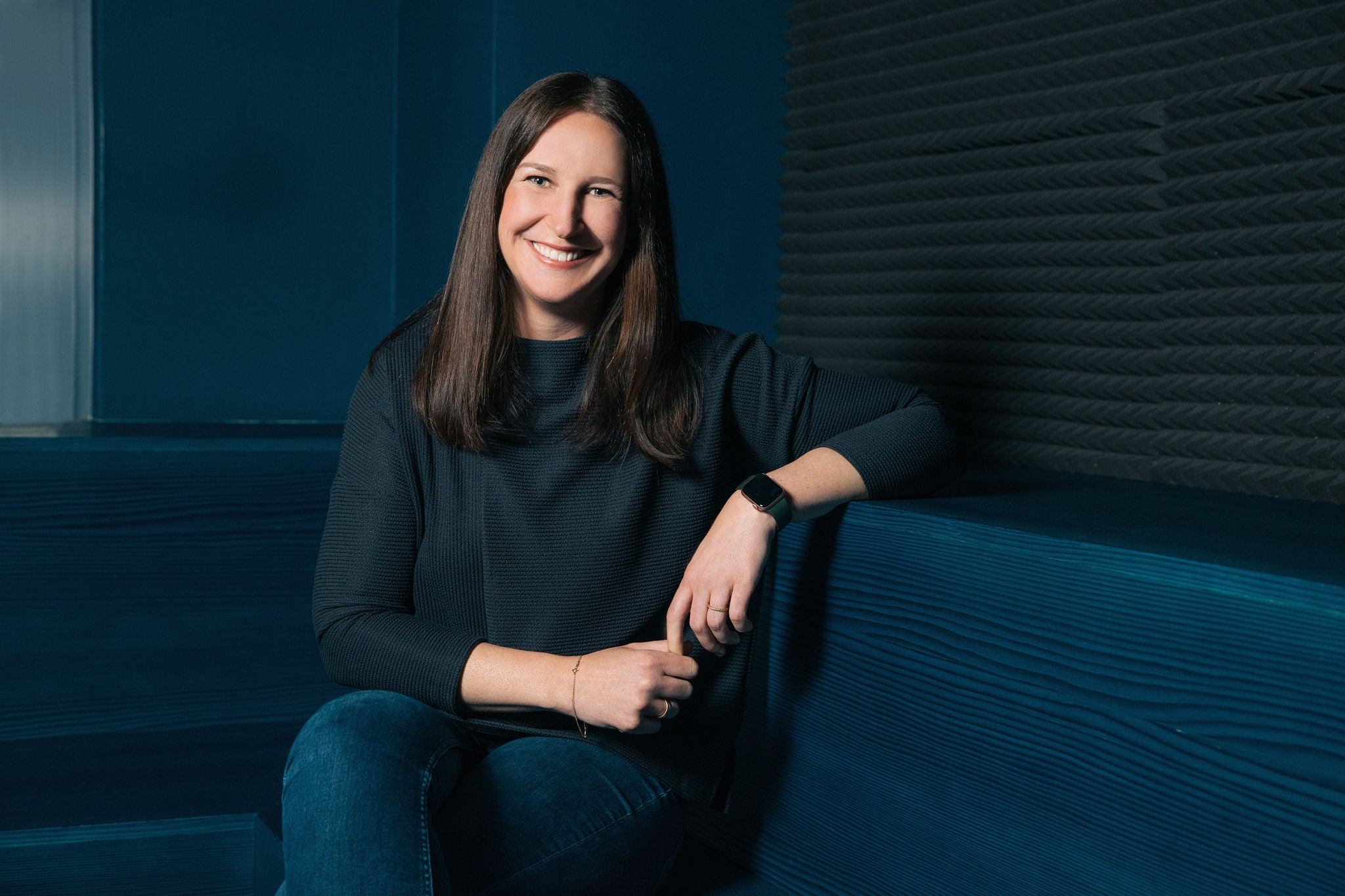After Barbie Pink dominated 2023 and Brat Green owned last year, we're apparently supposed to get excited about Showgirl Orange, courtesy of Taylor Swift's latest era announcement. But here's the thing: this time feels different, and not in a good way.
Don't get me wrong – Swift's upcoming album will undoubtedly be a commercial juggernaut. Millions will stream, buy special edition vinyls, and lose their minds over tour tickets. From a pure reach perspective, brands attaching themselves to anything Swift–adjacent will capture massive attention. But if you're looking for cultural authenticity rather than manufactured moments, it might be time to pump the brakes.
When Organic Becomes Calculated
The beauty of recent pop culture phenomena lay in their organic emergence. Barbie summer caught everyone off guard with its cheerful absurdity. Brat summer grew from grassroots TikTok culture into a genuine movement. The early Eras tour represented a once-in-a-lifetime cultural moment that transcended music, complete with community-driven rituals like friendship bracelet exchanges that felt spontaneous and real.
These moments succeeded because they tapped into something authentic – communities creating their own narratives, aesthetics spreading naturally through social platforms, concertgoers developing their own traditions. The marketing felt secondary to the cultural movement, not the other way around.
Life of a Showgirl or Business Woman?
Swift's latest era announcement feels rushed and strangely out of place rather than inevitable. The leaked tracklist and album art followed by a hasty reveal on the New Heights podcast of all places? Cover shots that seem heavily inspired by Sabrina Carpenter and Britney Spears? It all has a very calculated, very focus-grouped, very... manufactured vibe.
This isn't to diminish Swift's business acumen – she's perfected the PR game better than almost any artist in history, demonstrating an uncanny ability to sense how to catch a maximum of attention and how to subsequently exploit it. You don't become a billionaire just by writing catchy tunes and relatable lyrics.
The Brand Dilemma: Reach vs. Relevance
This puts brands in an interesting position. Do you attach yourself to a guaranteed blockbuster that might feel culturally tone-deaf, or do you take risks on smaller, more authentic moments?
From a media perspective, Swift will still deliver enormous numbers. Brands jumping on the Showgirl bandwagon will capture attention, generate impressions, and likely see solid ROI. But there's a difference between commercial success and cultural credibility. The vibes, as the kids say, will be off.
We've moved past Peak Swift, and maybe that's not such a bad thing. The question becomes: what do you want your brand to represent? Mass market saturation or cultural intuition?
Beyond the Orange Wave
Swift herself seemed to acknowledge this transition on her last album in the track "Clara Bow": "You look like Taylor Swift in this light, we're lovin' it / You've got edge, she never did / The future's bright, dazzling." There's a new generation of female pop stars with passionate, engaged fanbases – Billie Eilish, Sabrina Carpenter, Gracie Abrams, Olivia Rodrigo. These artists offer – at least some – cultural relevance over pure scale.
But here's a more radical thought: in a world dominated by mass market pop and AI-generated social media content, maybe the winning move is simply not to play that game at all.
Instead, go local. Go underground. Go indie. Support local artists, champion zine culture, create third spaces where communities can gather. History shows us that times of political and societal strife produce the most authentic art – political, edgy, unrefined, but most importantly, real.
Sometimes the most culturally relevant thing you can do is resist the obvious choice. In an attention economy saturated with manufactured moments, authenticity becomes the ultimate differentiator. The question isn't whether you can afford to skip the Swift bandwagon – it's whether you can afford not to.
Instead of chasing manufactured moments, here's how to build genuine cultural credibility:
1. Support Rising Talent with Amplification Strategy
Partner with mid-tier artists who have passionate, engaged fanbases but haven't hit mainstream saturation yet. Fund their projects, sponsor intimate venue tours, or create collaborative limited releases. Then amplify these partnerships through behind-the-scenes content, artist takeovers, and community-generated content. Your social becomes a platform for authentic stories, not brand messaging.
2. Scale Local Culture Through Digital Documentation
Champion grassroots scenes – underground music venues, independent galleries, maker communities – then document and share their stories across your digital channels. Create mini-documentary series, host virtual events that connect global audiences to local scenes or facilitate cross-cultural collaborations between artists from different cities. Local authenticity becomes your content engine.
3. Build Anti-Digital Experiences with Hybrid Reach
Invest in tactile, offline experiences: pop-up record shops, analog workshops, vintage gaming spaces. But design them to generate organic digital moments. Create Instagram-worthy backdrops, unique photo opportunities, and shareable moments that feel natural, not forced. Participants become your content creators, spreading authentic experiences to wider audiences.
4. Fund Creative Independence and Share the Journey
Support artists and creators who maintain full creative control over their work. Sponsor passion projects, back independent films, or fund innovative creative endeavors with zero creative input. Document the creative process through artist vlogs, studio visits, and progress updates. Audiences invest in authentic creative journeys, turning your brand into a patron of culture rather than just another advertiser.
The payoff: hyperlocal authenticity meets global reach. While competitors chase manufactured viral moments, you're building lasting relationships with culture creators and amplifying real stories that resonate across communities.
This article was first published in The Drum.













